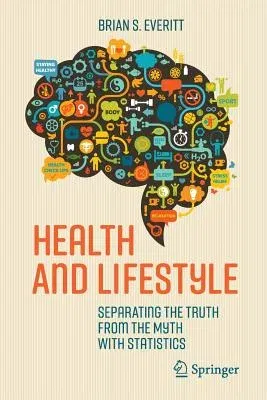The main message of this book is that people should be on their guard
against both scare stories about risks to health, and claims for miracle
cures of medical conditions. In the 21st century hardly a day
passes without another article appearing in the media about a new
treatment for a particular disease, new ways of improving our health by
changing our lifestyle or new foodstuffs that claim to increase (or
decrease) the risk of heart disease, cancer and the like. But how should
the general public react to such claims, given that some of the
journalists writing them focus on the sensational rather than the
mundane and often have no qualms about sacrificing accuracy and honesty
for the sake of a good story? Perhaps the wisest initial response is one
of healthy scepticism, followed by an attempt to discover more about the
details of the studies behind the reports. But most people are not, and
have little desire to become experts in health research. By reading this
book, however, these non-experts can, with minimal effort, learn enough
about the scientific method to differentiate between those health
claims, warnings and lifestyle recommendations that have some merit and
those that are unproven or simply dishonest. So if you want to know if
ginseng can really help with your erectile dysfunction, if breast cancer
screening is all that politicians claim it to be, if ECT for depression
is really a horror treatment and should be banned, if using a mobile
phone can lead to brain tumours and how to properly evaluate the
evidence from health and lifestyle related studies, then this is the
book for you.

